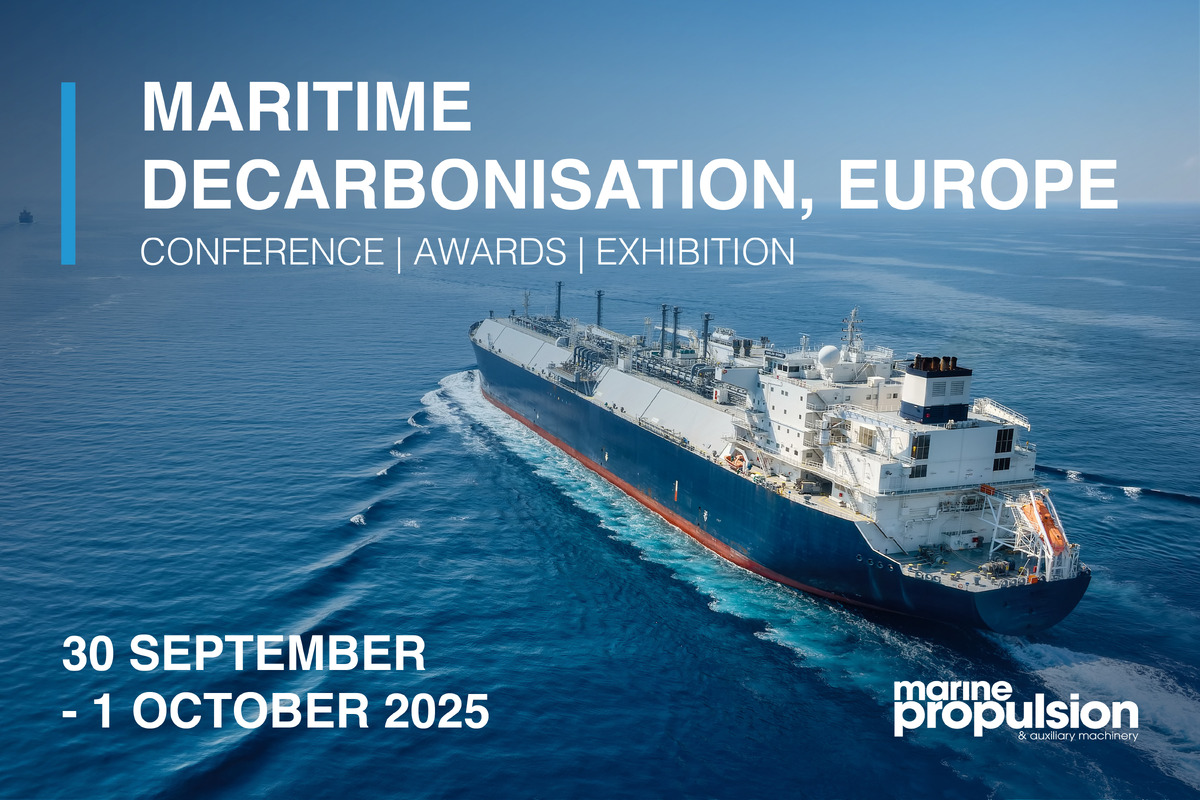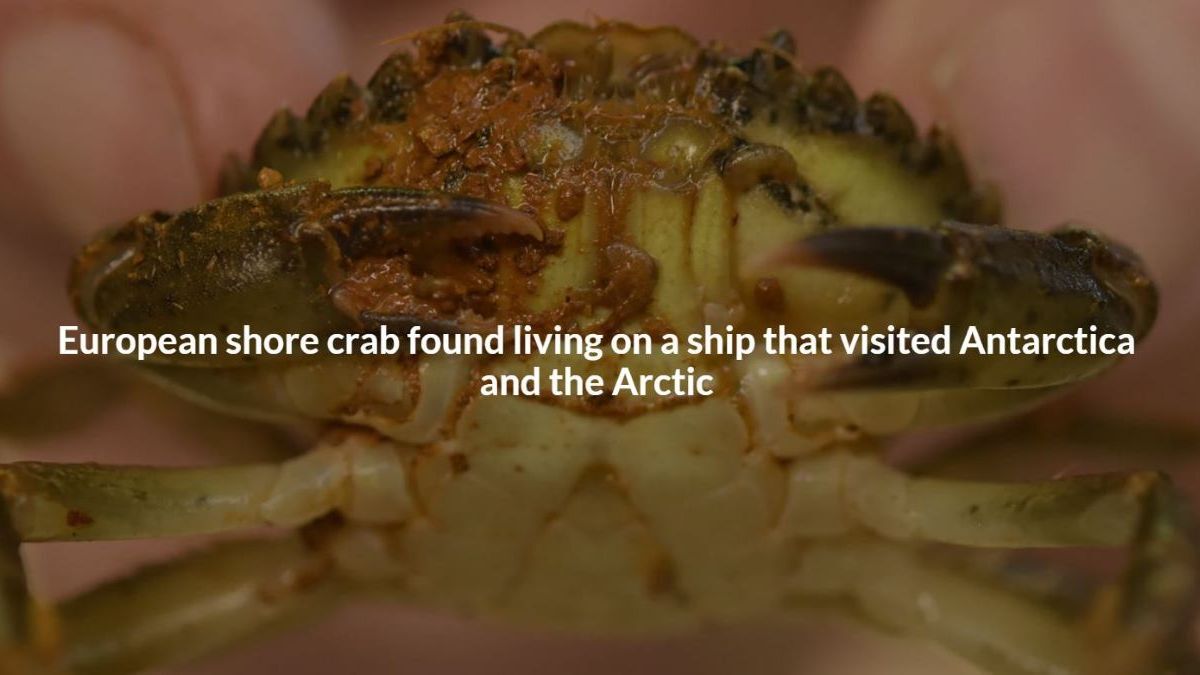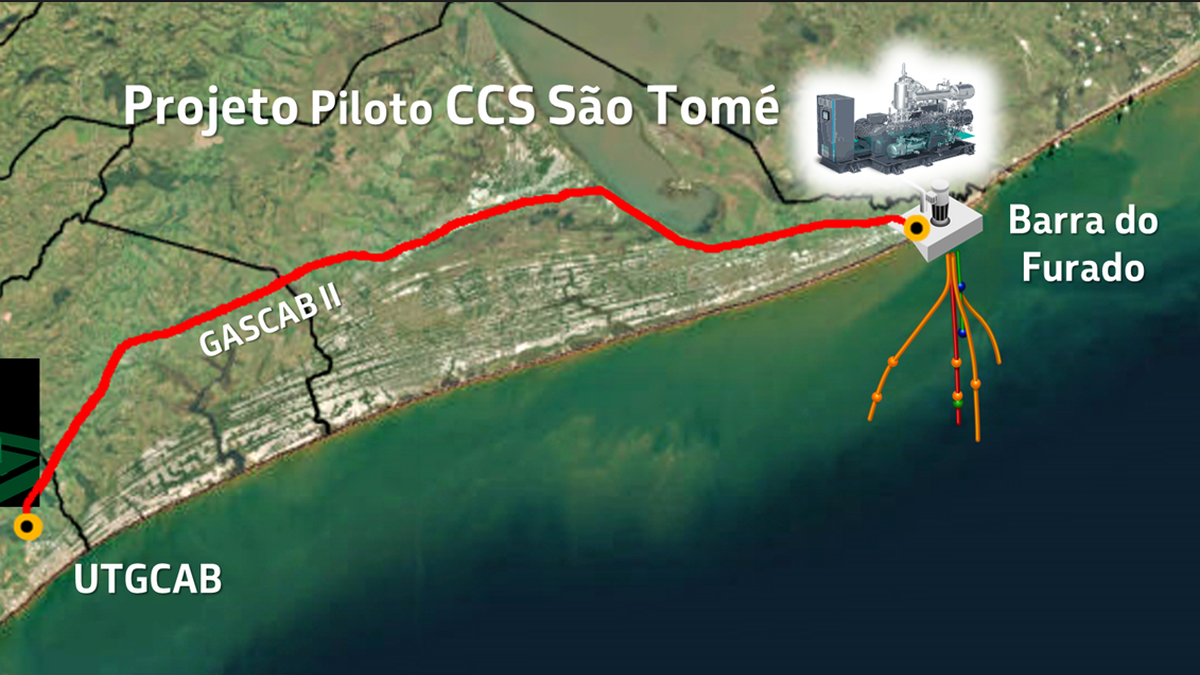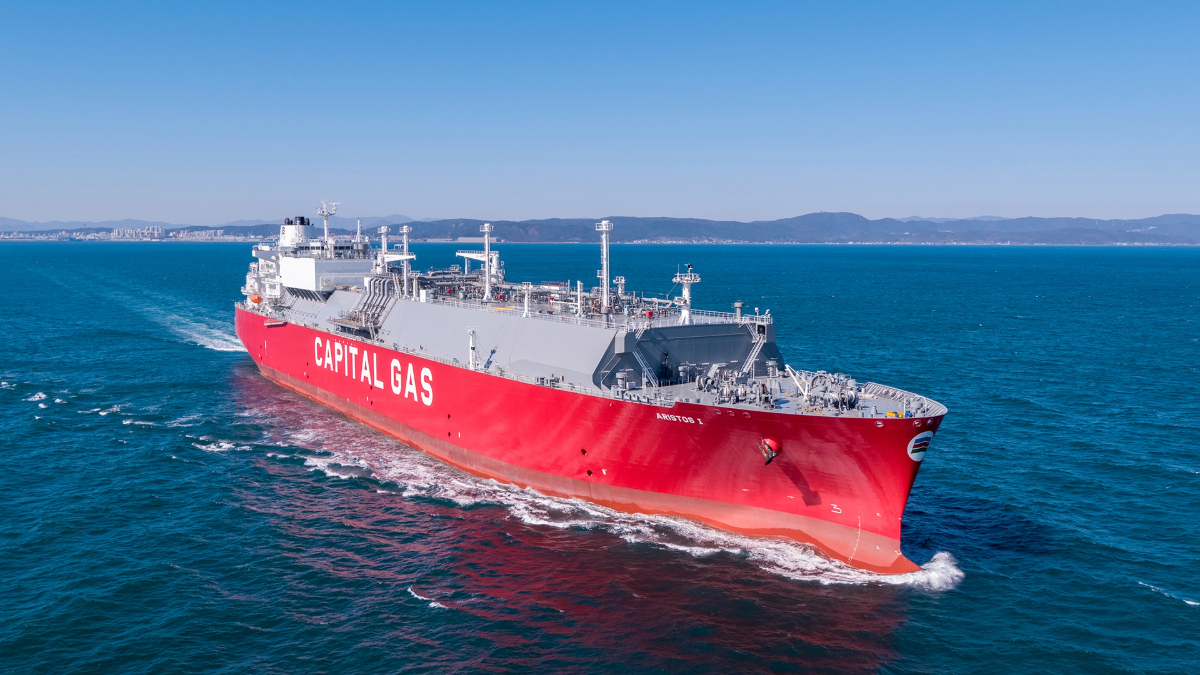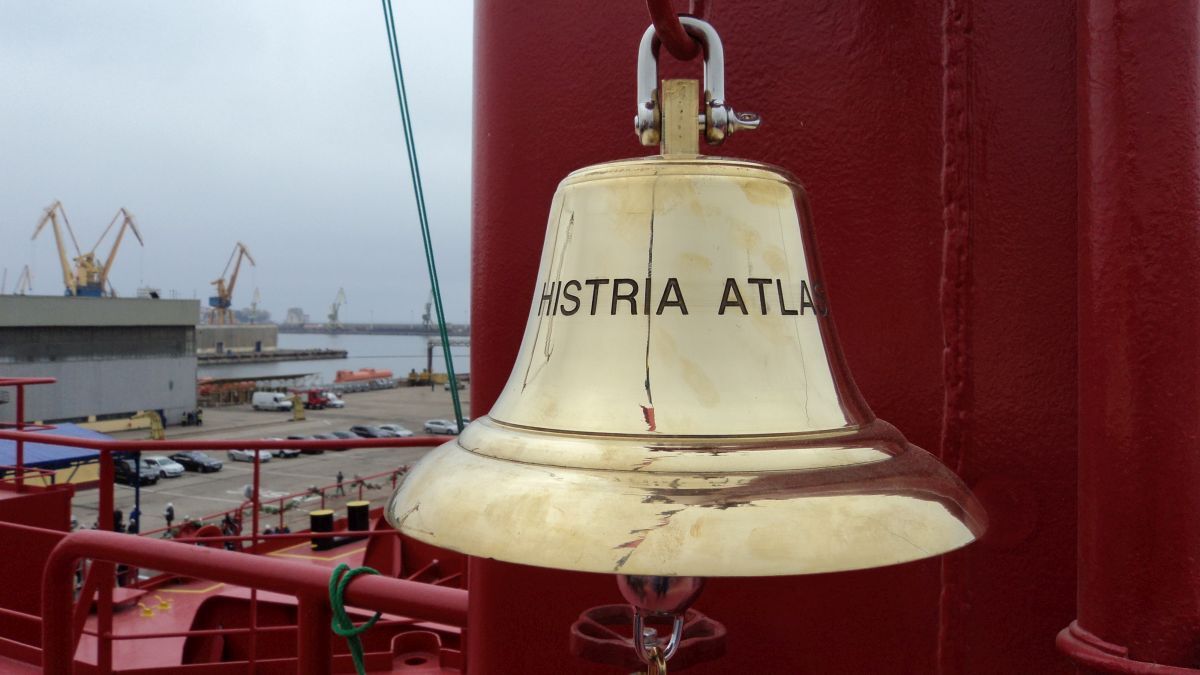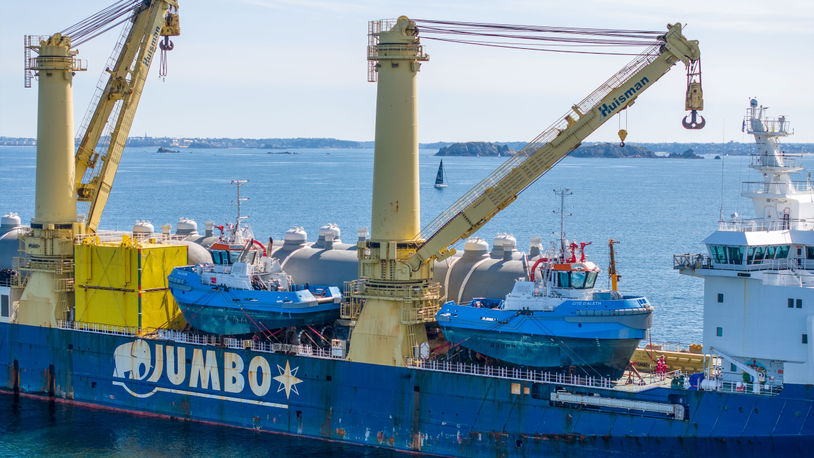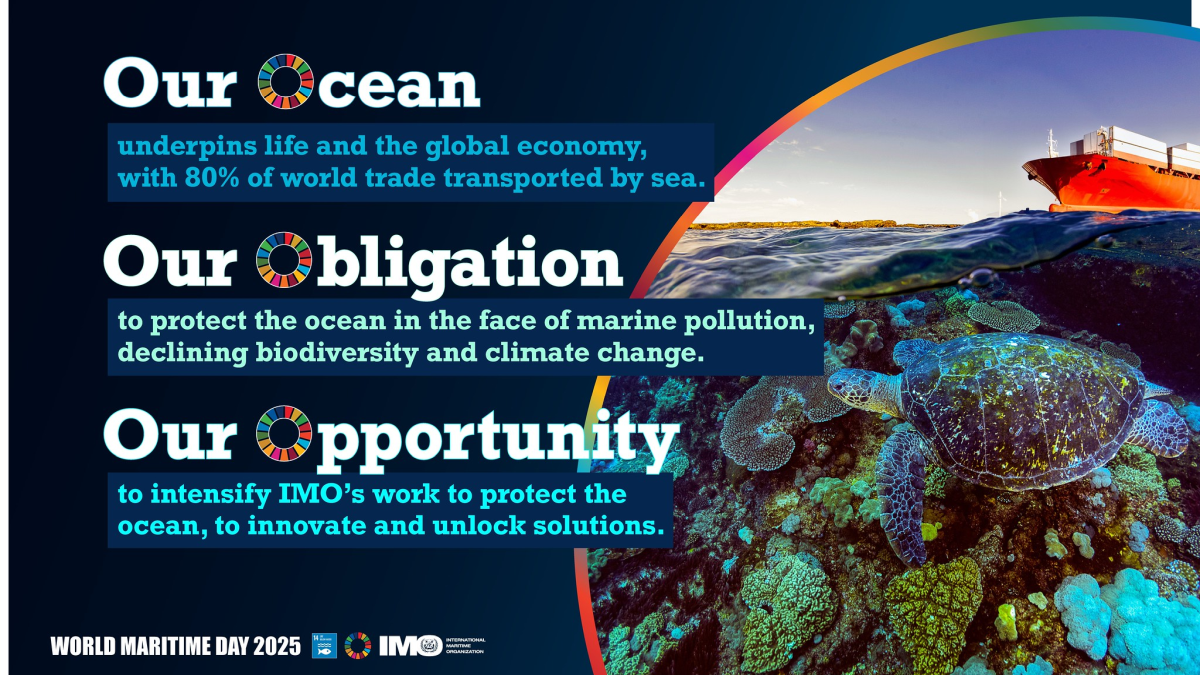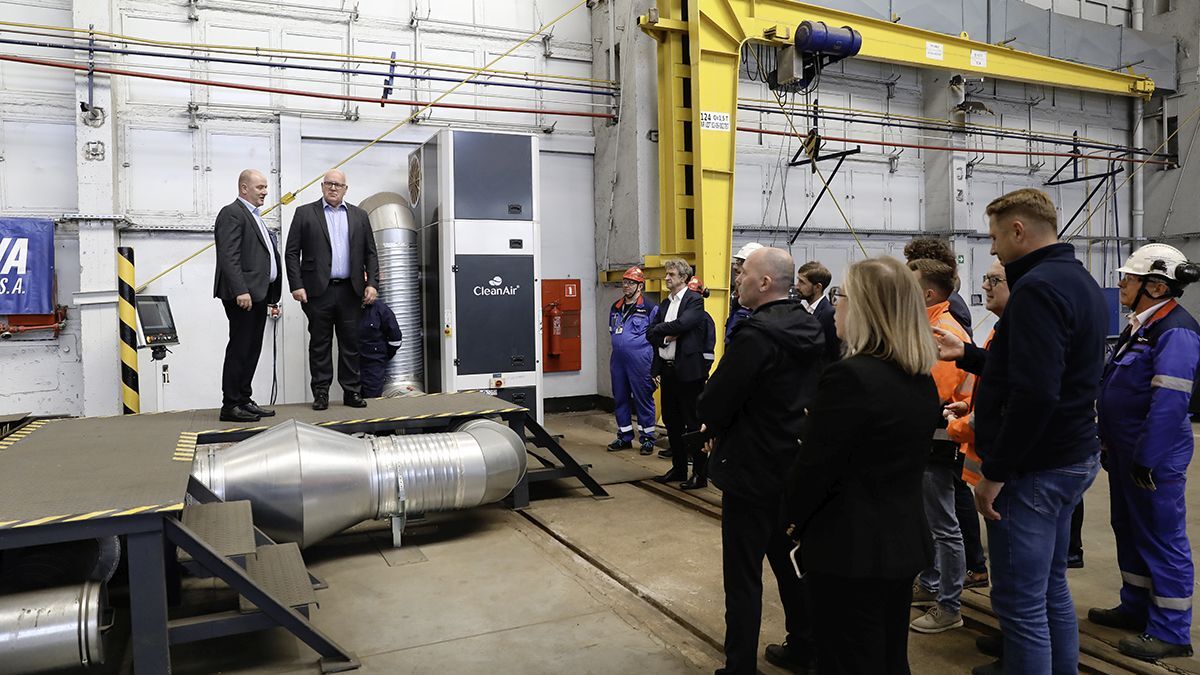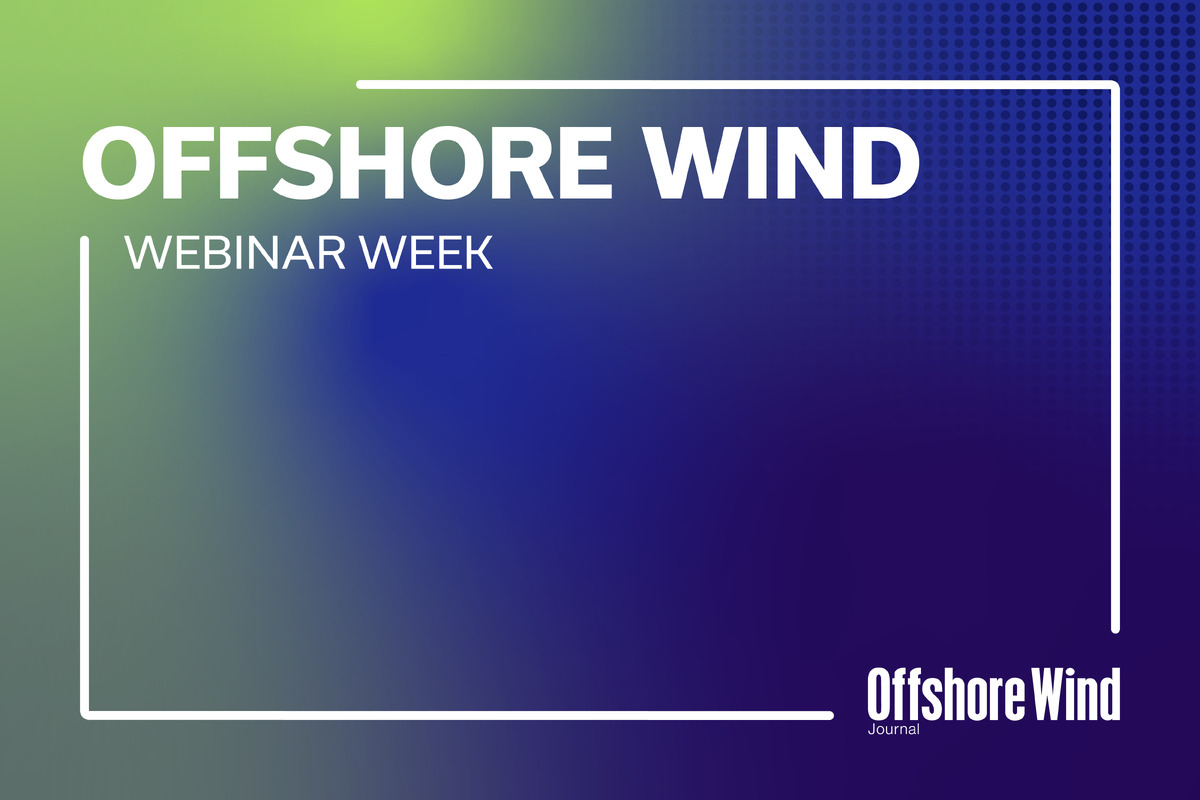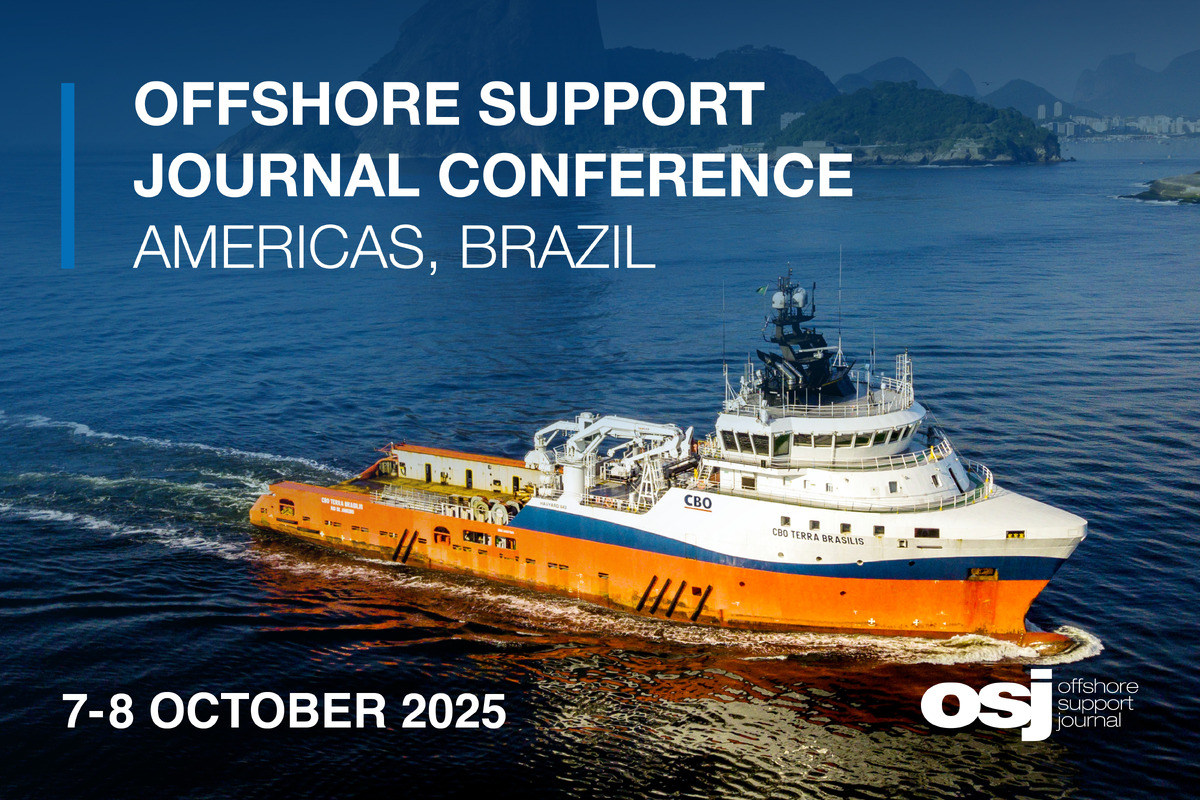Business Sectors
Contents
Register to read more articles.
New evidence: research and cruise ships bring invasive species to Antarctica
New research by the University of Cambridge and the British Antarctic Survey shows cruise and research vessels are bringing invasive species from ports around the world to Antarctica
New research by the University of Cambridge and the British Antarctic Survey has traced the global movements of all ships entering Antarctic waters. It reveals Antarctica is connected to all regions of the globe via an extensive network of ship activity.
Fishing, tourism, research and supply ships are exposing Antarctica to invasive, non-native species that threaten the stability of its pristine environment. The researchers identified 1,581 ports with links to Antarctica, and said all could be a potential source of non-native species.
The species – including mussels, barnacles, crabs and algae – attach themselves to ships’ hulls, in a process termed biofouling. The finding suggests they could arrive in Antarctic waters from almost anywhere across the globe.
The study, Ship traffic connects Antarctica’s fragile coasts to worldwide ecosystems was published in the journal National Academy of Sciences of the United States of America.
“Invasive, non-native species are one of the biggest threats to Antarctica’s biodiversity. Its native species have been isolated for the last 15-30M years," said senior author of the report, University of Cambridge Department of Zoology Professor David Aldridge, adding, "They may also have economic impacts, via the disruption of fisheries.”
The scientists report they are particularly concerned about the movement of species from pole to pole. These species are already cold-adapted, and may make the journey on tourist or research ships that spend the summer in the Arctic before travelling across the Atlantic for the Antarctic summer season.
“The species that grow on the hull of a ship are determined by where it has been. We found fishing boats operating in Antarctic waters visit quite a restricted network of ports, but the tourist and supply ships travel across the world,” said first author of the report, University of Cambridge Department of Zoology and the British Antarctic Survey researcher Arlie McCarthy.
Research vessels were found to stay at Antarctic ports for longer than tourism vessels, with fishing and supply ships staying for even longer, on average. Previous research has shown longer stays increase the likelihood of non-native species being introduced.
Due to its remote, isolated location, there are many groups of species that Antarctic wildlife has not evolved the ability to tolerate. Mussels, for example, can grow on the hulls of ships and currently have no competitors in Antarctica should they be accidentally introduced. Shallow-water crabs would introduce a new form of predation that Antarctic animals have never encountered before.
“We were surprised to find Antarctica is much more globally connected than was previously thought. Our results show biosecurity measures need to be implemented at a wider range of locations than they currently are,” said Ms McCarthy.
She added, “There are strict regulations in place for preventing non-native species getting into Antarctica, but the success of these relies on having the information to inform management decisions. We hope our findings will improve the ability to detect invasive species before they become a problem.”
The study combined verified port call data with raw satellite observations of ship activity south of -60° latitude from 2014–2018. Vessels were found to sail most frequently between Antarctica and ports in southern South America, northern Europe, and the western Pacific Ocean.
“Biosecurity measures to protect Antarctica, such as cleaning ships’ hulls, are currently focused on a small group of recognised ‘gateway ports’. With these new findings, we call for improved biosecurity protocols and environmental protection measures to protect Antarctic waters from non-native species, particularly as ocean temperatures continue to rise due to climate change,” said British Antarctic Survey researcher Professor Lloyd Peck, who was also involved in the study.
Will biofouling be the new ballast water treatment? Sign up now for the free Ballast Water Webinar Week 18-20 January 2022.
Related to this Story
Events
Offshore Wind Webinar Week
Maritime Decarbonisation, Europe: Conference, Awards & Exhibition 2025
Offshore Support Journal Conference, Americas 2025
© 2024 Riviera Maritime Media Ltd.
